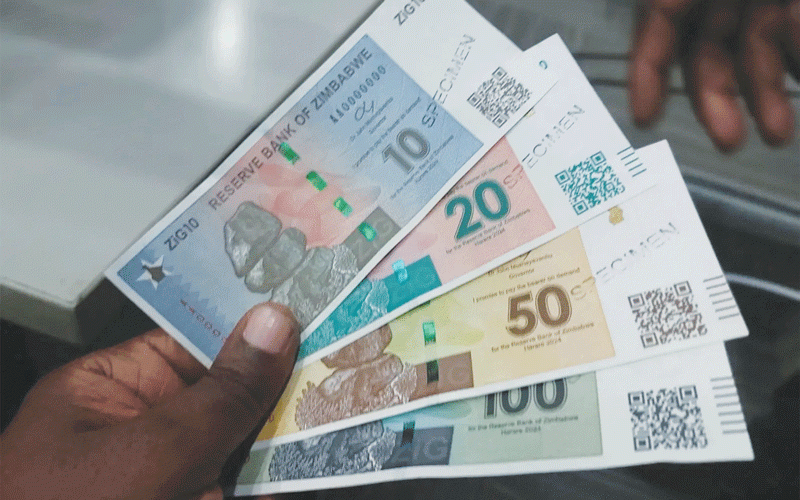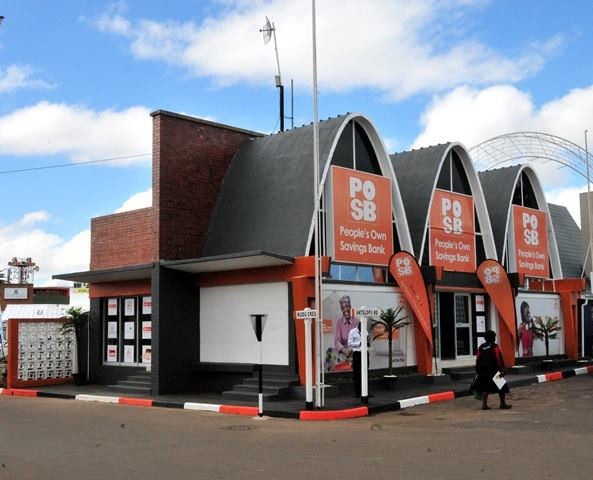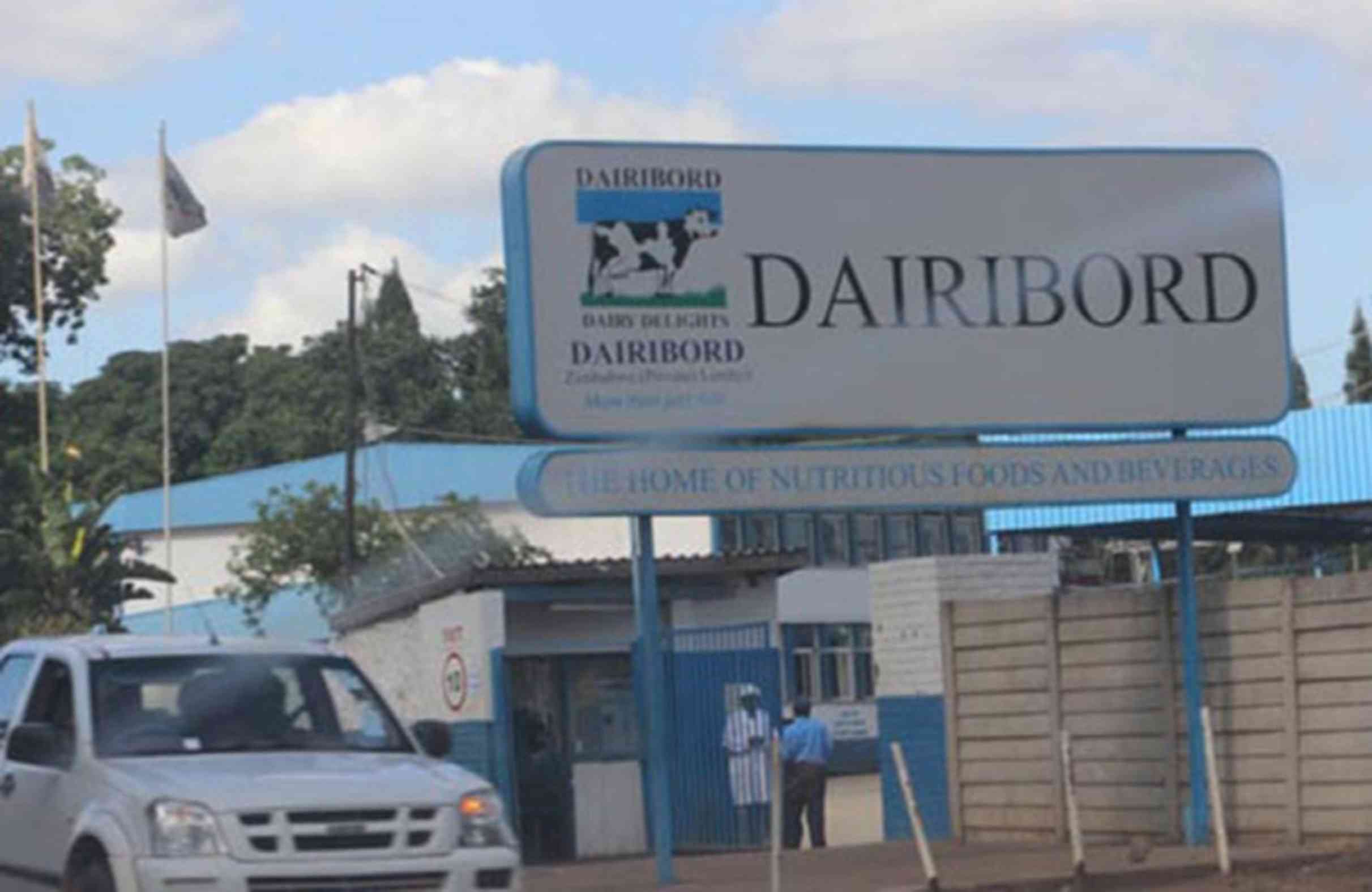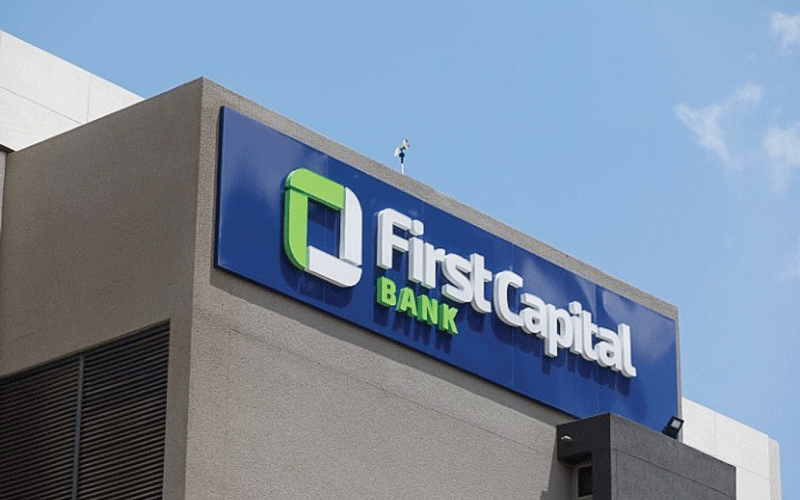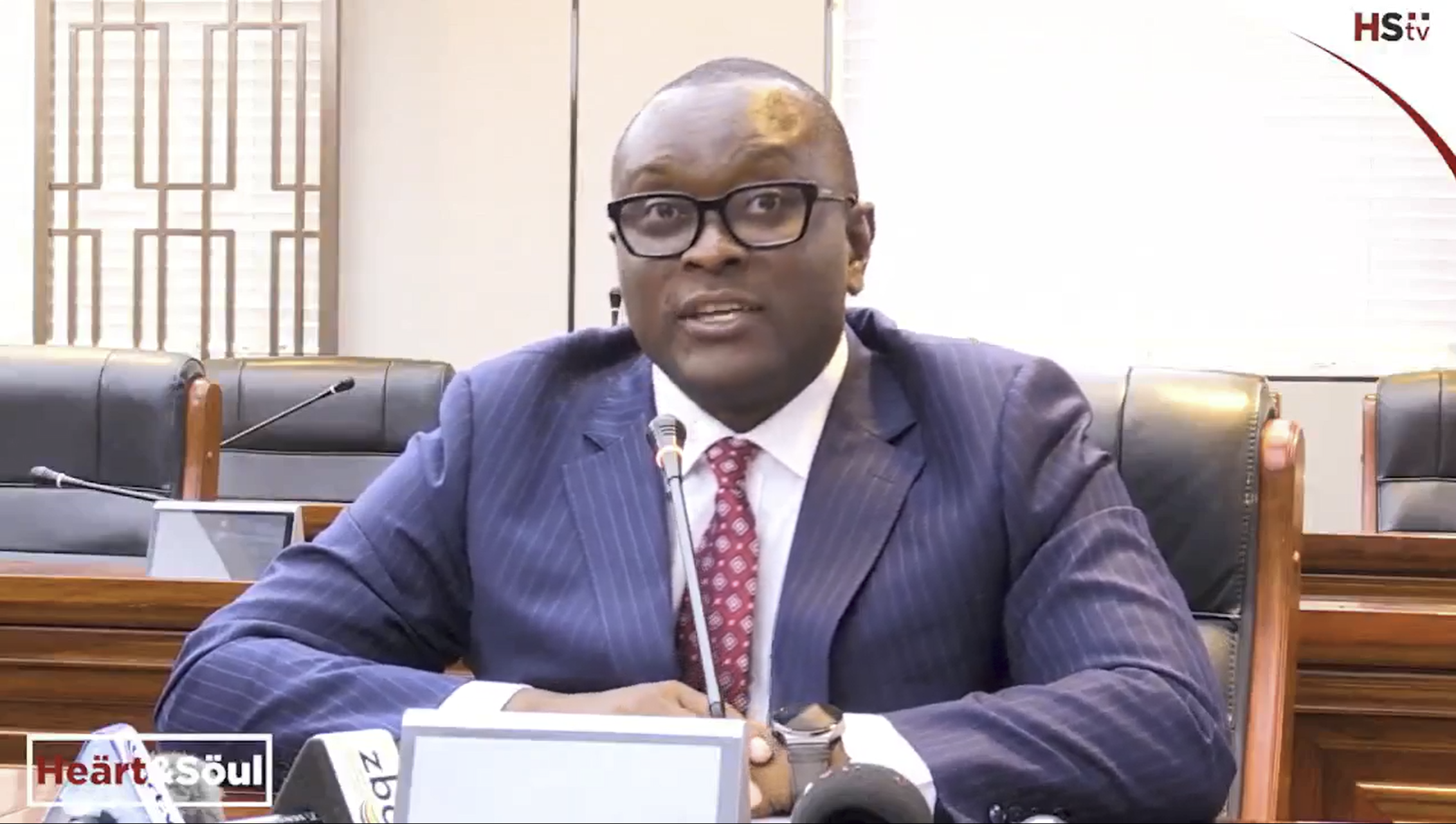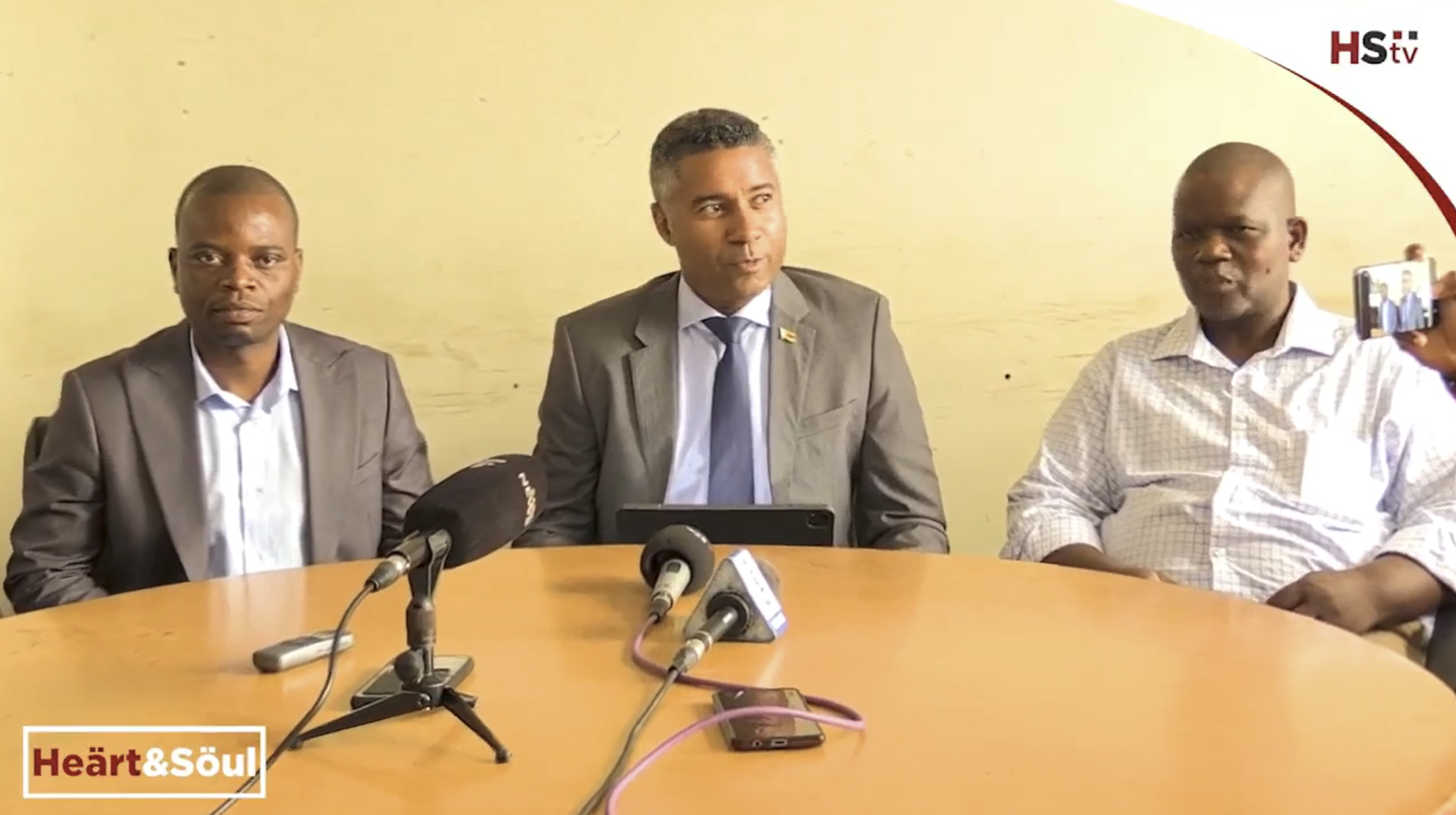SOUTH African financial services firm, Old Mutual Limited (OML), has classified the Zimbabwe Gold (ZiG) as a currency of a hyperinflationary economy adding that its local subsidiary had moved to the greenback for financial reporting purposes.
The ZiG was introduced on April 5, 2024 to replace the Zimbabwe dollar, which had taken a battering against the United States dollar.
However, nearly a year later, the ZiG has struggled to find its footing amid concerns that its exchange rate is controlled, although monetary and fiscal authorities dispute the claim.
OML is a pan-African financial services firm with operations in Zimbabwe, Kenya, the United Kingdom and Namibia, apart from South Africa.
Locally, OML operates under Old Mutual Zimbabwe Limited.
- First Capital Bank Zimbabwe embarks on nationwide roadshows
- OK charts recovery plan, announces US$30m capital raise
- Masimba bemoans liquidity crunch
- ZBFH restructures investment portfolio
- Wet season for CBZ shareholders, dividend up 25%
In its annual financial results for the period ended December 31, 2024, released yesterday, OML said Zimbabwe was struggling with inflation and instability, limiting recovery and foreign investment.
It said the introduction of the ZiG required a reassessment of the functional currency of the Old Mutual Zimbabwe subsidiaries.
“It was concluded that a change in functional currency from the ZWL to the ZiG had occurred. The changes in functional currency were applied prospectively. The ZiG was determined to be a currency of a hyperinflationary economy,” OML said.
“Hyperinflationary accounting requires transactions and balances to be stated in terms of the measuring unit current at the end of the reporting period to account for the effect of loss of purchasing power during the period.”
OML revealed that to comply with International Accounting Standard (IAS) 29 Financial Reporting in Hyperinflationary Economies, the group estimated a ZWL consumer price index (CPI) for the period January to March 2024 based on the monthly movement in the total consumption poverty line.
For the period April to June 2024, however, the official ZiG CPI was used for hyperinflation reporting purposes.
“The impact of applying IAS 29 in the current period resulted in a net monetary gain of ZAR152 million (2023: net monetary loss of ZAR1 276 million),” OML said.
“Post the introduction of the ZiG, the Zimbabwean economy’s response to the new currency was monitored and based on the economic factors observed since the introduction of the ZiG and the continued and growing trend in the second half of the year it was determined that the functional currency of the material subsidiaries and holding company of the Zimbabwean group had changed to US dollar, effective 1 July 2024.”
OML said the changes in functional currency were applied prospectively.
“The US dollar is not a currency of a hyperinflationary economy, consequently hyperinflation accounting ceased for the Zimbabwean group effective 1 July 2024,” OML said.
During the period under review, OML operations in Zimbabwe reported pre-tax International Financial Reporting Standard profits of ZAR2,9 billion from a 2023 comparative of ZAR2,5 billion.
Of this amount, ZAR1,3 billion (2023: ZAR1,3 billion) was driven by investment returns earned on the group’s shareholder portfolio.
“Most of these investment returns relate to fair value gains earned on equities traded on the ZSE (Zimbabwe Stock Exchange),” OML said.
“The ZSE generated returns of 118% (2023: 982%) during the period, driven by investors seeking safe-haven assets due to continued movements in CPI. We caution users of these financial statements that these returns are volatile and may reverse in the future.”
These gains are from ZSE-listed entities that OML, through its local subsidiary, has a stake in.
“The group equity value in Zimbabwe remained at zero due to continued barriers to access capital by way of dividends,” OML said.
OML reported insurance contracts reached ZAR13,27 billion as of the end of last year, which was down from the prior comparative of ZAR14,46 billion.
OML’s total assets were ZAR1,23 trillion as of the end of 2024.

